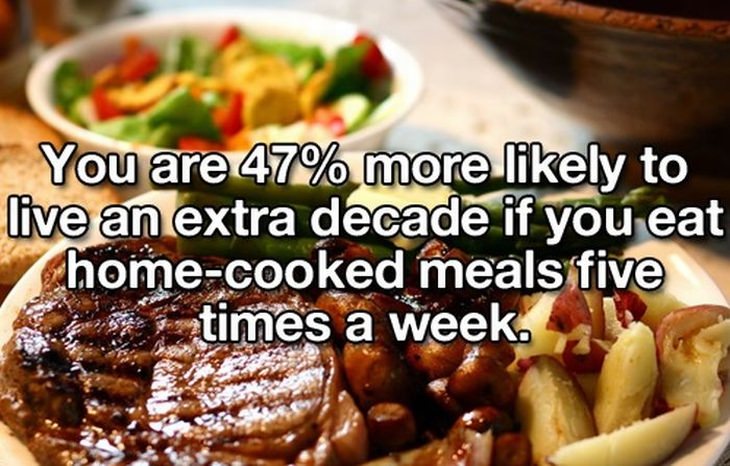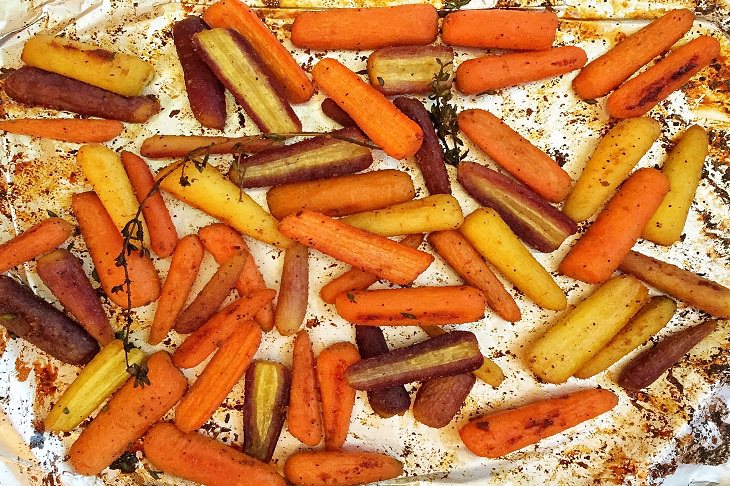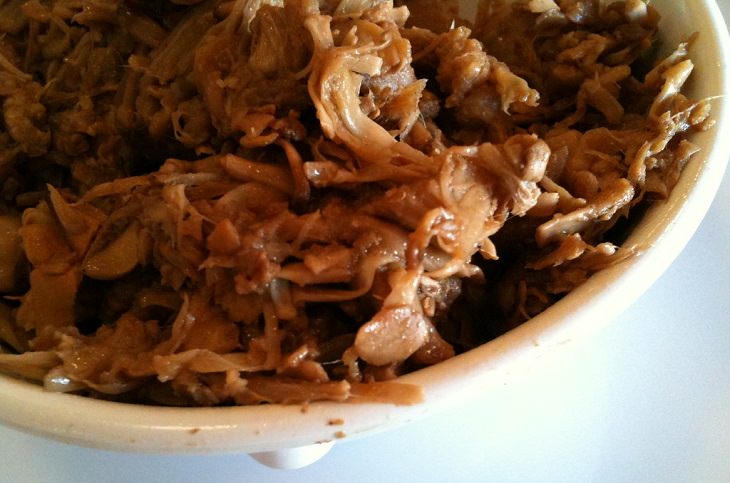Ingredients
• 4 cups cold filtered/sparkling water
• 1 tsp. freshly grated/powdered turmeric
• 3 tbsp. 100% maple syrup/honey (or stevia to avoid sugar)
• Juice of 1 organic lemon or 2 limes
• Juice of 1 or 2 blood oranges or regular oranges
Directions
Mix all the ingredients into a small pitcher. Stir them well and serve with a slice of lemon. Add ice as you wish. Drink down your refreshing and therapeutic beverage.
This is supposed to be anti-depression drink. For health benefits of turmeric, kindly see my cancersupportinida.blogspot.com . Thanks.
those interested in cancer & health related topics are free to see my blog-
http://cancersupportindia.blogspot.com/
• 4 cups cold filtered/sparkling water
• 1 tsp. freshly grated/powdered turmeric
• 3 tbsp. 100% maple syrup/honey (or stevia to avoid sugar)
• Juice of 1 organic lemon or 2 limes
• Juice of 1 or 2 blood oranges or regular oranges
Directions
Mix all the ingredients into a small pitcher. Stir them well and serve with a slice of lemon. Add ice as you wish. Drink down your refreshing and therapeutic beverage.
This is supposed to be anti-depression drink. For health benefits of turmeric, kindly see my cancersupportinida.blogspot.com . Thanks.
those interested in cancer & health related topics are free to see my blog-





